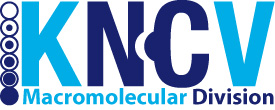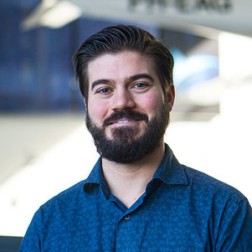RESEARCH OVERVIEW
Our aim is to develop new materials with unusual combinations of properties for future use in air- and spacecraft. We start at the molecular level, engineer at the microscopic level and test at (small) macroscopic level. This work is often experimental but combined with appropriate links to modelling. We organize our research in the following four themes:
Self-healing Materials
Design and characterization of intrinsic and extrinsic self-healing materials: Organic coatings (e.g. nano carriers, movable organic phases), polymers, fiber and particulate composites, functional materials.
Smart Materials
Design and synthesis of flexible electroceramic composites, for touch, temperature and infrared sensing and energy harvesting.
Polymers
Synthesis of new polymers: Covalent Organic Framework (COF) for charge transfer CT), light harvesting, gas absorption, lithium/Sodium batteries and imaging.
Metals by Design
While in the public press the focus of aerospace materials seems to have shifted to composite materials, high performance metals remain of crucial importance to the aircraft structure.
This applies in particular to the heavy mechanically loaded structure such as the landing gear and the thermally loaded structures in the turbine engine. The current metals & ceramics research in NovAM is focussed on four topics: the computational design of new high performance steels and super alloys, self healing in high temperature steels,synthesis and healing of MAX phase ceramics and last-but-not least the kinetics of phase transformations in steels and titanium. Most of our work is more metals science than metals engineering in nature. We have a state of the art deformation dilatometer for sophisticated phase transformation studies and co-own a unique Spark Plasma Sintering installation located at the faculty 3ME. Some of our works experimenting at Reactor Institute Delft or synchrotrons abroad. (We currently hold the world record for 3D nanotomography experimenting in metals using a pixel size of only 25 nm).



